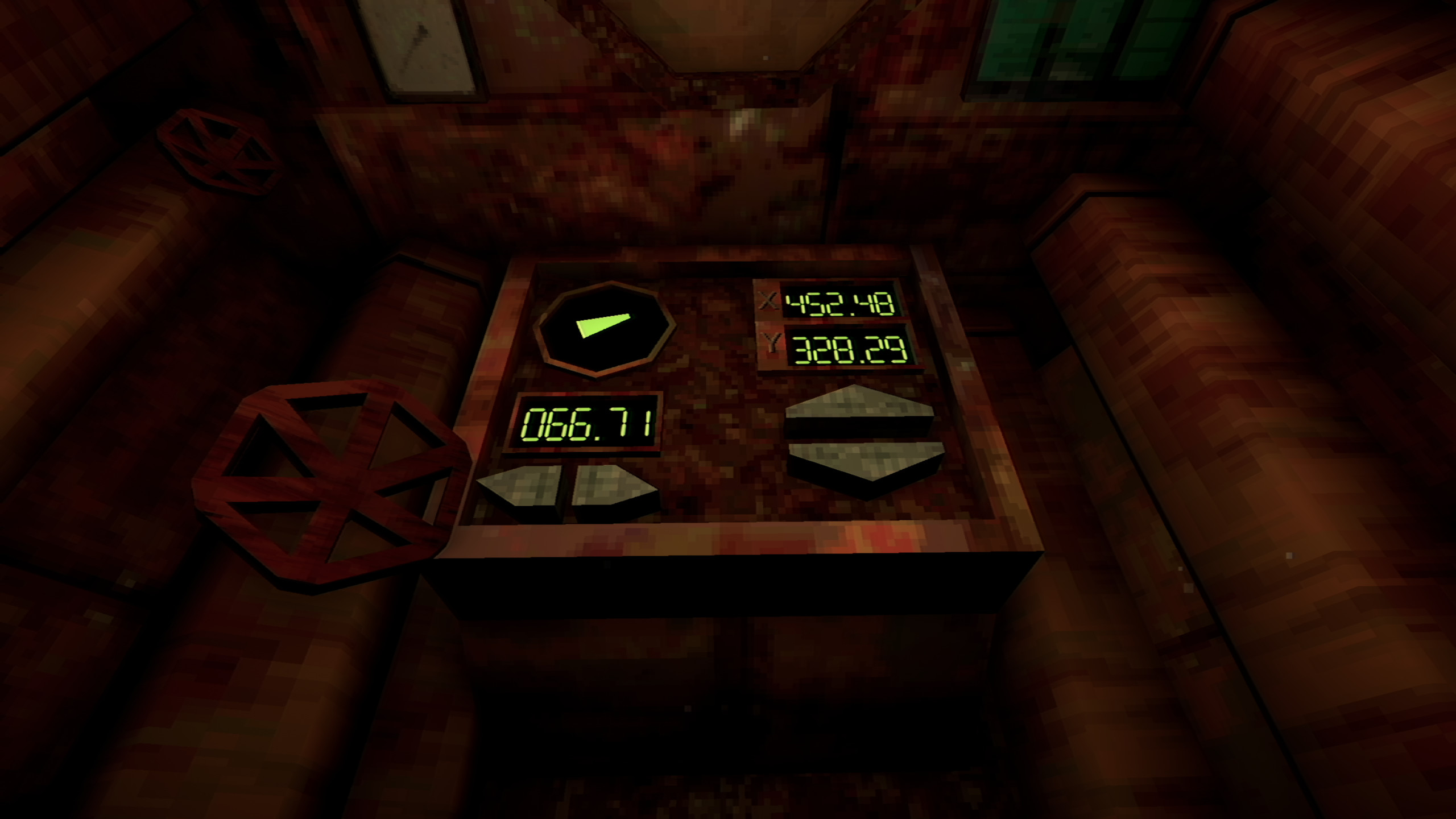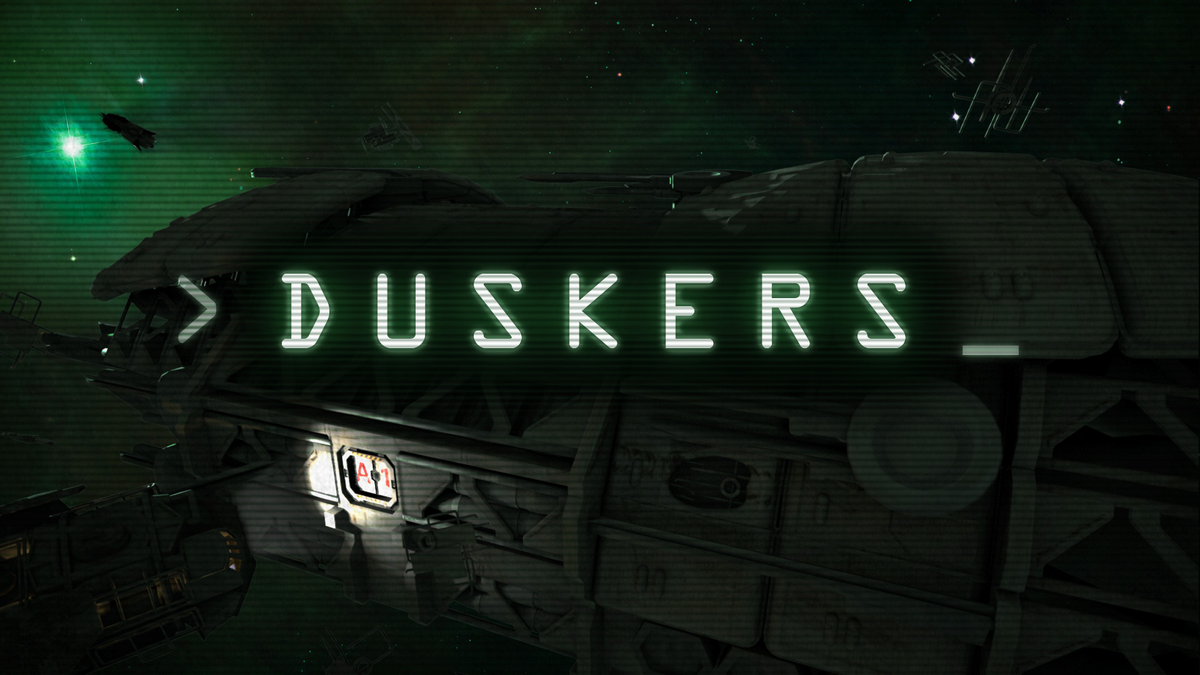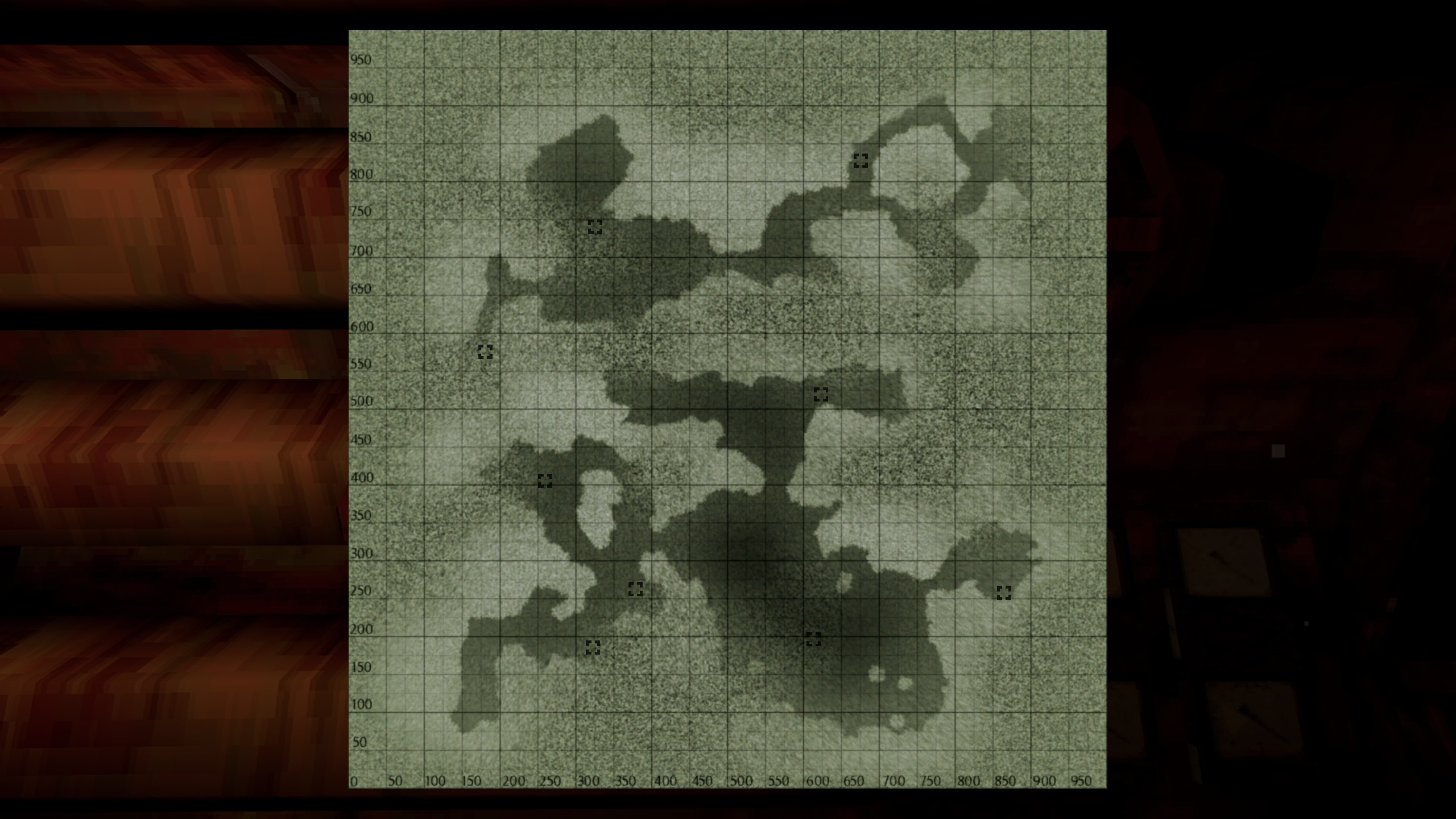Iron Lung: Subtlety Carries Weight
The foreboding terror of the unknown watches from afar

Blair Witch Project, Paranormal Activity, Noroi: The Curse (ノロイ).
What do these three films have in common with one another? Well, aside from being three of my favourite horror movies, they all share one thing: absolutely minuscule budgets.
Each of these films has its own measure of success, with some surpassing others, yet they all face constraints that demand the director, actors, and crew to innovate and explore unconventional approaches.
Thinking outside the box, essentially.
Even despite their limited budgets, they still succeeded in terrifying audiences, causing some to walk out of cinemas or inundate message boards with accounts of sleepless nights needing the light on.

All three of these movies effectively build tension, gradually increasing the initial sense of dread until reaching the climax. However, paranormal events are seldom shown on screen; instead, they occur off-screen, which I find even more terrifying.
There's just something primal about that which lurks in the dark. It stirs the soul. The fear of the unknown. These movies work because they tap into the power of the unknown and the fear of what we cannot see.
By relying on minimal visibility and suggesting rather than showing the horror, it allows viewers' imaginations to run wild, often conjuring up more terrifying scenarios than anything that could be explicitly shown on screen.
This brings me to Iron Lung.
What Is It, If We Cannot See?
Iron Lung stood out upon its release amidst a sea of PT clones and lacklustre horror offerings, presenting something fresh and unique. Even though it didn't have a big budget, I think it managed to be more memorable because of it.
With my wife and kids away for a few hours and me alone, I knew if I wanted to fully immerse myself, now was the time. From the moment I started playing, I could tell it was going to be an unsettling experience.
I could feel my adrenaline notching up, my lizard brain primed for the worst. I just wasn't prepared for how unsettling this would be, mostly thanks to the incredible sound design.
Every metallic clunk, every din and dent in the hull sent my heartrate pulsing. I had no idea what horrors existed out there, so right on cue, my brain started to fill in the blanks.
Not just in the game, but in the house too.
The boundaries between fiction and reality were becoming hazy, triggering my primal instincts to go into defence mode or, at the very least, reach for the light switch.
I didn't dare reach for the light switch.

It was a relatively short experience, but one that I still think of often even to this day. Heck, here I am, writing about it, so it's left quite the impression, right? But as someone who has played many horror games, why did this one in particular make me feel so uneasy?
Design despite limitations. Iron Lung is so effective because of its imposed limitations.
There's such a thick, oppressive atmosphere within, that you can't help but feel unease as you're lowered down into the blood-red ocean. You're plunged into a world of palpable dread. Will you survive? Will there be a happy ending?
Iron Lung exemplifies an awareness of our reactions to the unseen.
With careful sound design, the world is conveyed to you through audio cues. When you can't see the source of a specific noise outside, your mind quickly jumps to the most frightening possibility.
It's important to note that this game is also a fantastic example of dietetic game design, which is "the incorporation of elements within a video game that exist within the game world and are perceived as part of the game's narrative, environment or character(s)."

Besides using the ship's interface to navigate the vast ocean, the game mainly creates a sense of isolation and unease through sound. But there is a camera on board too.
When you employ the submersible camera system to capture images of your discoveries, the photography is frequently ambiguous, adding to the challenge of making sense of it all.
Until the photography isn't ambiguous at all.

It's the combination of these elements that drew me in.
I felt a heightened sense of vulnerability and fear that is admittedly difficult to create the longer a game goes on. So given the short length of Iron Lung, it certainly nails the horror vibe perfectly.
The Depths Below
You don't need to be afraid of watery depths or tight spaces to get the most from Iron Lung, but it helps. I have known people who skipped this one entirely because of their fear of the watery depths.
Central to Iron Lung's horror is its ability to invoke both claustrophobia and thalassophobia—the fear of enclosed spaces and the fear of the vast, open ocean.
The game's setting instils a sense of confinement and dread right from the beginning. Players feel trapped in the oppressive darkness, with every creak and groan of the submarine amplifying unease the more we navigate further.
In Iron Lung, there's not much talking, which makes the atmosphere all the more intense.
This is all the more isolating, not just in the sense of where we are, but within the entire game universe. Any storytelling that exists is done mostly through environmental means, meaning it's up to players to interpret exactly what the story is.

Some players have expressed dissatisfaction with the setup, particularly regarding the inclusion of quiet rapture and ocean of blood aspects, which they feel detract from the overall experience.
I feel these elements add to the grimness of the situation. It's an alien moon, one we're not familiar with, and I often enjoy ambiguous experiences that leave more questions than answers.
The atmosphere wouldn't be anywhere near oppressive without this aesthetic choice by Szymanski.
Despite these criticisms, Iron Lung remains a fascinating concept within horror gaming. Its ability to tap into primal fears and immerse players in a world of terror makes it a standout experience for horror enthusiasts.
Much like the three movies listed at the top of this article, Iron Lung does a fantastic job of dialling up the tension when required and knowing how to keep players on the edge of their seats.
Would Iron Lung still be effective if it were twice as long? I doubt it. Much of its impact would likely wane, overstaying its welcome. But I am encouraged. I'm glad small titles like this exist and will continue to exist.
It's smaller experiences like this that feed into bigger experiences. Art inspires art. Long may creatives create under constraints, whether that be in cinema or gaming.





Comments ()